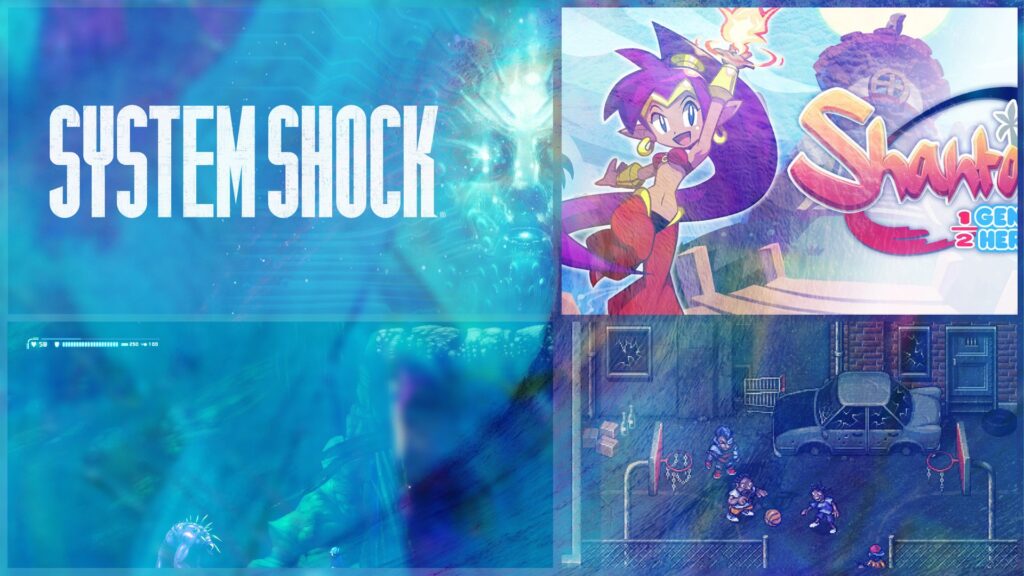
Crowdfunding platforms like Fig, Indiegogo, and Kickstarter are beaches awash with a briny ocean of promises for games that might never see the light of day under traditional publishing models. There are over 12,000 video game campaigns on Kickstarter alone. These are games being made by developers that run the gamut of experience levels, from amateur to some of the most celebrated minds in the craft, but not all of them deliver on time, and some never ship at all.
We examined the 50 most backed games on Kickstarter and analyzed the data. 15 of them have not yet been released, two of which did not specify a firm release date. Another, Iron Harvest, lists its estimated delivery date as December 2019.
Of the remaining 47, nearly 94 percent missed their targeted release date.
Only 14.89 percent released within six months of those targets. Still less than half — 44.68 percent came out within a year of their estimates. Shadowrun: Hong Kong, Dreamfall Chapters: The Longest Journey, and the Myst 25th Anniversary Collection were the only ones in the data set to release on time.
The average delay for the 35 games that came out was just over 13 months. If you roll in the ones that have not yet been released and exclude the three aforementioned games, that average climbs to 19 months.
We should acknowledge a few things. Game development is often a chaotic and messy process. Delays are also not unique to crowdfunded projects. The development cycle is far more transparent, and thus delays are consequently more visible for a game funded through a platform like Kickstarter compared to games funded by traditional publishers. The question remains, though. What are some of the pitfalls that developers turning to crowdfunding run into that cause this to be so common?
Anya Combs, Games Outreach Lead at Kickstarter, spends her days coordinating with aspiring developers turning to backers pledging money on Kickstarter for funding. She has seen their trials and tribulations and advised them on how to proceed especially if they run into trouble, and she shared her perspective with us.
“This is not an abnormal sort of thing, and I think sometimes what ends up happening with some of these delays…there’s so much that happens not just within the lifespan of an actual game, but also within the lifespan of what happens with creators. So, like personal things happen, teams get disbanded and things like that and it’s one of the things that we’re really passionate about of like telling creators. You have to be as honest and open with your backers as you possibly can be,” she said.
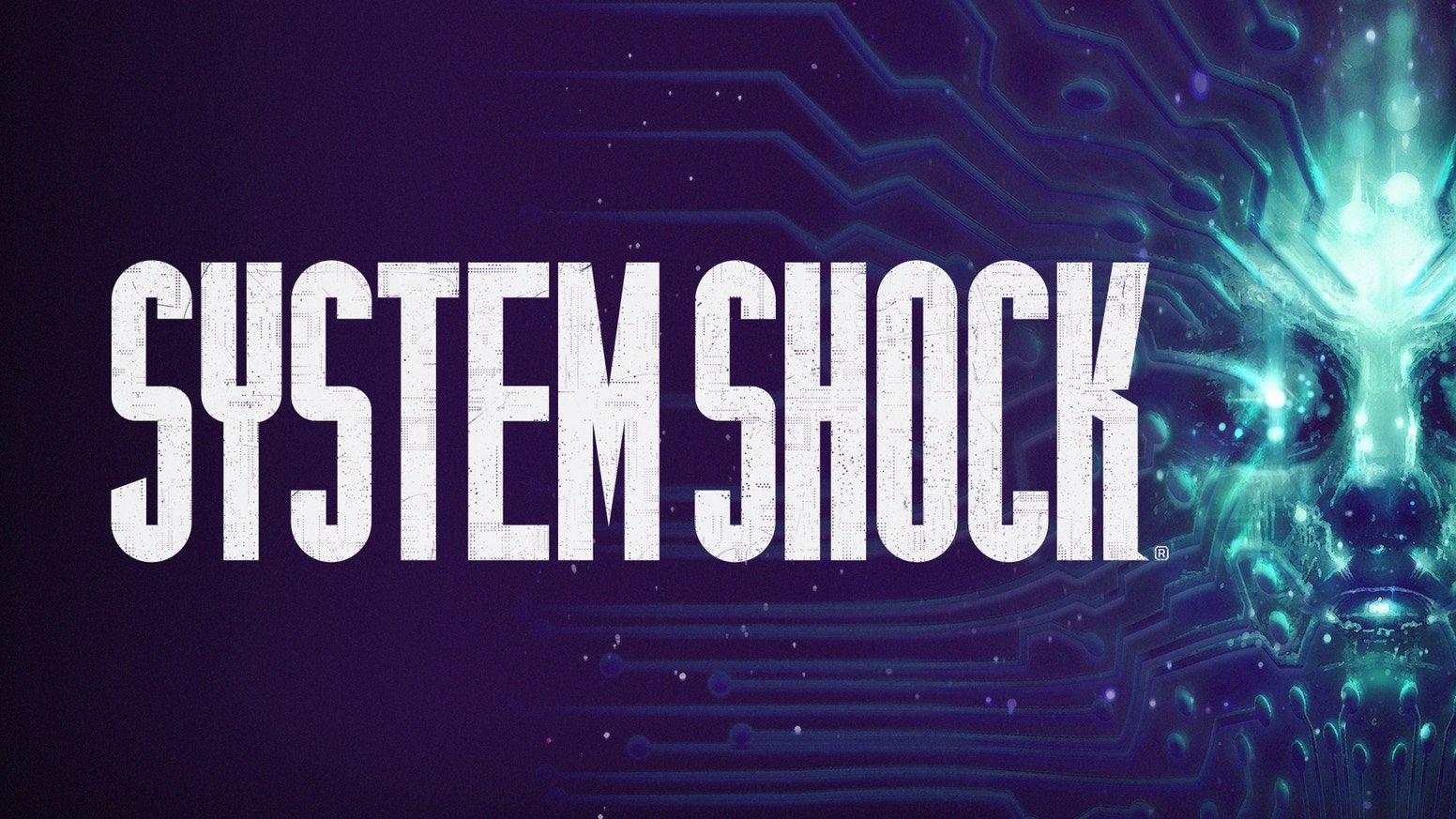
Nightdive Studios’ remake of System Shock, was initially estimated to release some time in December of 2017. Over 15 months have passed since that estimate, and it is still a ways off. Stephen Kick, CEO of Nightdive, believes that his initial estimate was feasible, but a number of factors dragged development out.
“You know, after being in the industry for so many years, there’s a couple of things that you learn right off the bat that spell a lot of trouble for your project and one of those big ones is switching engines,” he said.
Kick cited high-profile controversies like that of Mighty No. 9 as raising red flags before he turned to Kickstarter. He knew it would be too risky to ask for money with nothing concrete to show potential backers. That’s why the campaign launched with a pre-alpha demo built in Unity. It was a sleek modernized vertical slice that was unmistakably System Shock, but not fully representative of what the project would look like as it evolved.
They swiftly came to understand that it would be difficult to deliver on their promise to release on both Xbox One and Playstation 4 given their choice of engine and the scope of the project. The investment made into the tools they used to create the pre-alpha demo was significant and it would make the price of switching engines steep. In order to deliver on their promises, however, they felt it was a price worth paying and switched development over to Unreal Engine.
After making the switch, the team brought more chefs into the kitchen. Personalities clashed between them and the core group of developers who created the original demo.
“They more or less felt alienated after the switch to Unreal and we lost a lot of the original people that were able to deliver that example of what it was we were gonna do,” according to Kick.
As the staff churned, the scope of the project expanded. What began as a plan to recreate System Shock almost one-to-one with modern art assets and sparse quality of life changes morphed. The original 1994 design was intended, for the most part, to be preserved in amber.
Labyrinthian levels were entirely redesigned along with objectives in individual maps aboard the haunting corridors of the Citadel Station. Features entirely new to System Shock were added like the ability to puncture pipes to release gouts of freezing-cold gas that would then entomb enemies in ice.
Pressure to expand the scope of the project mounted from within and without. After raising $450,000 more than their initial goal of $900,000, publishers approached Nightdive about additional funding.
“They came to us and they said, “We really like what you guys are doing and clearly there’s a big desire from the community to see this game through. If we were to give you more money, what else could you do? Could you do multiplayer? Could you do VR? How much bigger and better could you make this game?” And, right around that time, that’s when the scope creep really started to occur because we went back to the drawing board and we said, “Okay. If these publishers are willing to offer us more, then we need to sell it and we need to make something that is gonna appeal to them, so that we can see this through.””
They invested time, money, and tremendous amounts of effort building prototypes to show interested parties what else they could do, but no additional funding materialized. They then became a victim of the sunk-cost fallacy. Since they had already invested a significant amount of money building prototypes rich with new features, they decided to continue iterating on builds of the game that might recapture the attention of publishers.
The studio lost sight of its original vision and the project derailed. Finally, Kick had had enough.
“It got to the point where I was playing the build and it just didn’t feel like System Shock. It didn’t look like System Shock. It didn’t seem like anybody knew exactly what we were doing and I’m sorry to say that it even got to that point before I decided to just shut things down.”
Development was put on hiatus in February of last year. Work on a re-focused vision resumed several months later. Transparency, according to Kick, was crucial in regaining the trust of jilted backers. He said that they were naive, but he is, “incredibly grateful that we were able to pivot when we did and start to deliver something that more resembled what we had originally pitched to our backers.”
“We know we screwed up. We know that we kind of betrayed their trust and I’m again, I’m so fortunate that we’re able to turn that around when we did because often times when a developer gets to that point, it usually spells the end of their project and that just isn’t the case with system shock.”
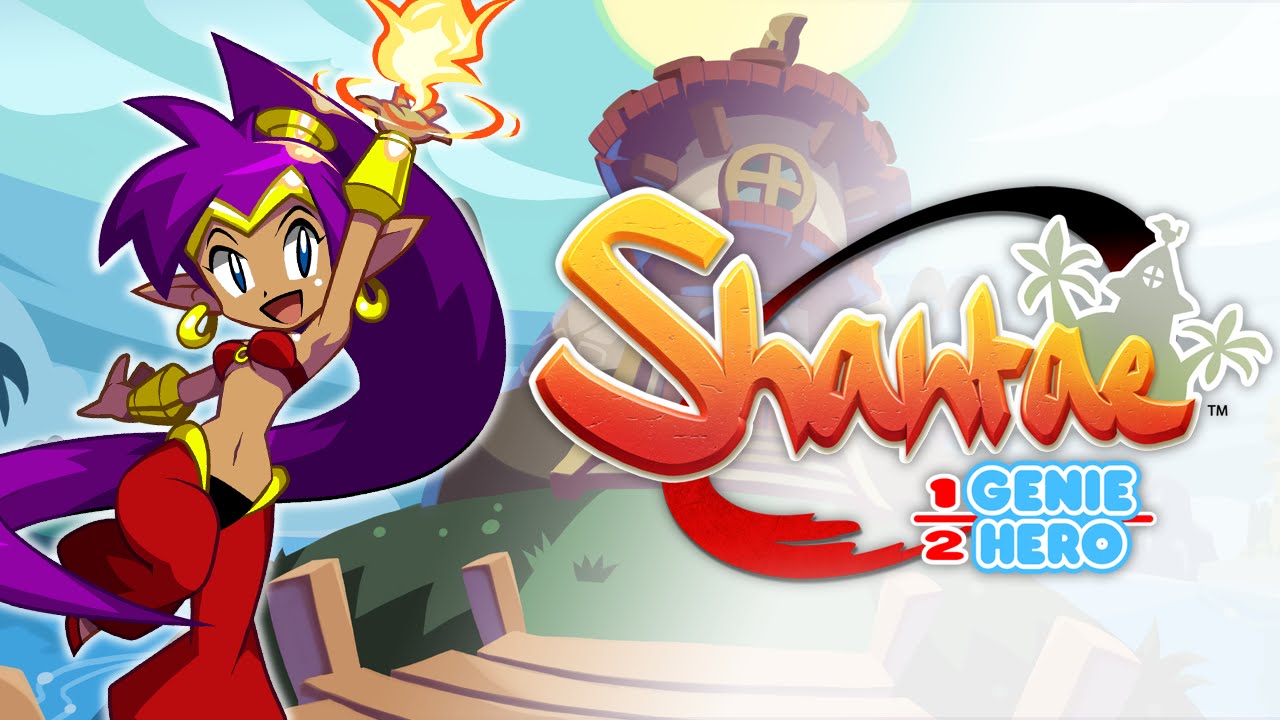
That same level of transparency helped WayForward allay fears about the development of Shantae: Half-Genie Hero after it missed its October 2014 launch estimate. 18,000 people pledged $776,000 for a a game that WayForward was seeking only $400,000 for. They built their schedule around the assumption they would eke passed their goal, and that turned out to be a mistake. The stretch goals alone would drastically lengthen their development time, and late pledges through Paypal only ballooned the budget out further and caused them to reach even more stretch goals. By the time they realized the scope had increased, they could no longer change their delivery date on the Kickstarter page, but they remained transparent in keeping backers apprised of that fact.
It finally came out on a crisp December morning two years ago, but not before vaulting over its fair share of hurdles. The increase in scope did not slowly creep in as it did with System Shock, but was anticipated. WayForward faced other problems.
As Matt Bozon, head of publishing at WayForward, puts it, “We ended up straddling two generations of consoles. Wii U was brand-new when we campaigned, and PS3 and Xbox 360 were still in their heyday. PSTV was just announced. There were rumors of PS4 and Xbox One, but they seemed far off.”
The reality of a new console generation dawned on them faster than anticipated. As the team toiled with integrating extra chapters, unlocked through stretch goals, into the main campaign, the PS3 and Xbox 360 were on their way to the retirement home.
“With the writing on the wall, we had to cancel PS3 and Xbox 360 or risk pushing the game back even further,” Bozon said.
Bozon looks at WayForward’s first foray into crowdfunding as a learning experience. He would not be averse to trying it again in the future, applying some lessons Shantae’s development taught him. According to him he would design a campaign that was more flexible in the event of a similar shift in platforms as well rethinking their approach to physical rewards so that backers would have something to enjoy earlier on in the process.
“The key would be to simplify things so that we could keep our focus to be more about the game.”
“The absolute biggest challenge is that you’ve got a very large number of personally invested people to answer to. On a typical project, if something goes amiss, feelings can be buffered by the idea that we’re all industry professionals. We approach solutions in a more business-like way, and at the end of the day, we can clock out and go home. A Kickstarter is much more personal. A personal trust is formed when the backer believes in the project, brand, or people behind the project and they extend their trust and personal funds – not their company’s funds – to create the game,” Bozon added.
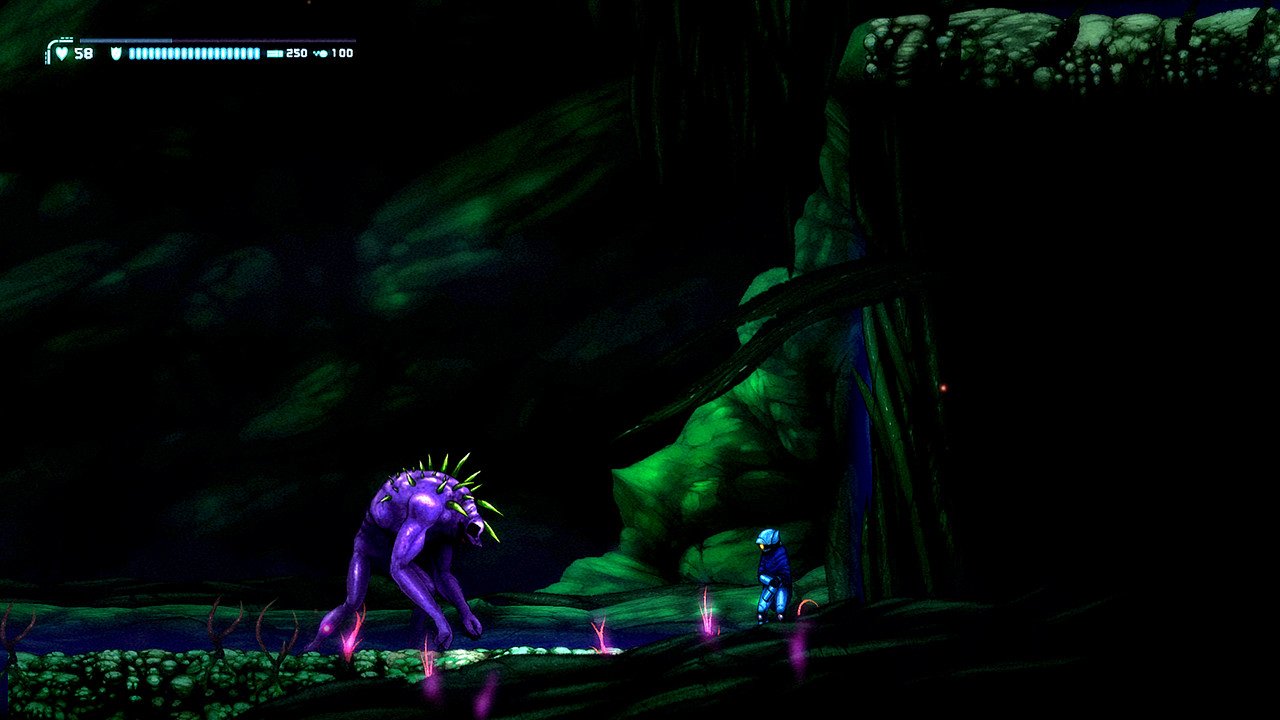
Matt White, who received more than triple his goal of $15,000 to fund Ghost Song, feels the weight of those expectations every day.
“Having many individual people place their faith in you and to some degree project their hopes and dreams onto you is very heavy…” he said.
White, who had little-to-no prior experience programming according to Sabrina Carlyle, a developer assisting with the project, felt felt that the game could come out by May of 2014. It remains unreleased.
“The desire to impress everyone and not deliver a product that’s imperfect or below par has led to frequent wheel spinning and reiteration after reiteration. None of that explains the scale of the delay, though, which was prompted by a singular event — catastrophic engine failure. About a year ago, after almost being driven to a nervous breakdown by my project’s technical difficulties, I committed to rebooting from scratch in a stable and well supported engine (Unity),” White told us.
Carlyle commented on White’s perfectionist streak saying that feature creep hasn’t necessarily been the core problem, but rather that White has a tendency to endlessly iterate and rework details that were already “final.”
“May 2014 was a bad guess. An unreasonable guess by an inexperienced developer with no idea what seemed real except that that was a comparable deadline to similar Kickstarter campaigns at the time,” Carlyle said of White. He did not disagree with her assessment. “May 2014 was never going to happen.”
The team lost their programmer whom they had hired early in the development process. White was left with the burden of taking a crash course in programming. Carlyle had to convince him to switch to Unity, which she described as a better fit for the ambition and scope of Ghost Song. She taught him the ropes of the new engine and shared code from her own personal projects.
White acknowledged to us that if he had been more experienced from the outset of development all of these headaches and delays could have been avoided. Both he and Carlyle are still confident they can release something special, and intend to see his work through to the end.
“After all the delays and stringing people along for as long as I will have had to — That’ll be my salvation. I can’t imagine a scenario where I crowdfund again. I’m putting my entire life into this one project. I’m going to forceit to be great, but this is my shot. I don’t want to ask people for another one. I’m going to make the most of this one,” White said.
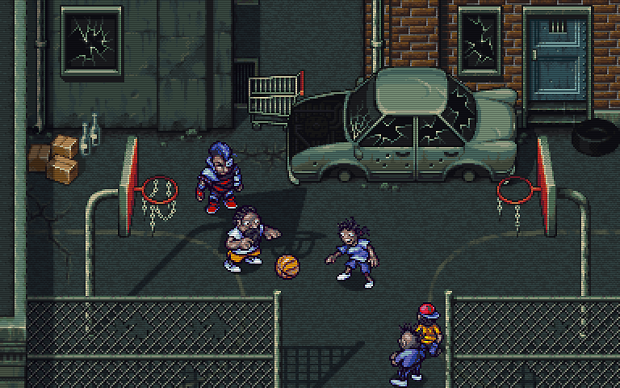
Francis Coulombe, an artist working on Barkley 2, revealed that a combination of previously mentioned problems have caused the sequel to Barkley, Shut Up and Jam: Gaiden remain unreleased while 58 pages flew off of the calendar like autumnal leaves.
Development became a victim of the campaign’s success according to Coulombe. New additions crept in interminably.
“Our funding goal was something like $30,000 and we expected we’d be barely limping to that goal by the end of the month. We thought we would basically use the funding to help us get the project started, working on it full time for a while, and then we’d just finish it up part time when the funds ran out – but that big old burst of cash made us make a lot of mistakes I think,” he said.
$120K later, the small team behind the cult classic where Charles Barkley performs a slam dunk so powerful it eradicates everyone in the arena, were dreaming up all sorts of extra detailed dialogue interactions, side stories, and optional questlines. Coulombe compared the situation to having too many cooks. He acknowledged that he, too, contributed to this problem, but said that he has since distanced himself from asserting too much creative influence and adding more to the pot of stew.
“But it’s hard to keep control of that motivation and excitement when something blows up like the kickstarter did.”
What Coulombe said was clear to him is that an experienced producer is a crucial element of any large team-based project. Crowdfunded games, he said, come with an additional layer of managerial challenges.
Inexperience, particularly on the production side of things, appears to be a driving force behind many of the pitfalls developers on crowdfunded projects tumble down. Additionally, they have to guard themselves against feature creep, the dangers of switching engines mid-development, and becoming victims of their own success.
These are not struggles unique to crowdfunding development. Combs cited The Division as a prominent example of a AAA game that stumbled over many of the same hurdles we previously discussed, but as Carlyle put it, “I think crowdfunding attracts people who have little or no idea what they’re doing to start off with. These people may eventually figure out everything, which engine is better, what art pipeline works well, what good business acumen is appropriate, but it takes time to figure those things out. This type of person or team probably wouldn’t be given a chance by most publishers, but crowdfunders may not know to or not have the capacity to evaluate these risks.”
As many other developers have shown, it important to be transparent with their backers when they hit snags or become lost in the weeds to preserve a sense of trust.
Nowadays, Combs thinks that not only are developers more transparent about these issues, but they are starting the process of crowdfunding better prepared, armed with wisdom gleaned from past campaigns.
“We tell everybody that wants to launch a video game project on Kickstarter, you need to come ready with game play to show versus just sort of like a game design document, a GDD, [or just] an idea,” Combs said. “[Have] something that’s a little bit more well thought out. [Have] a budget that’s attached to everything. Those are much more common instances now.”
 GameDaily.biz © 2025 | All Rights Reserved.
GameDaily.biz © 2025 | All Rights Reserved.